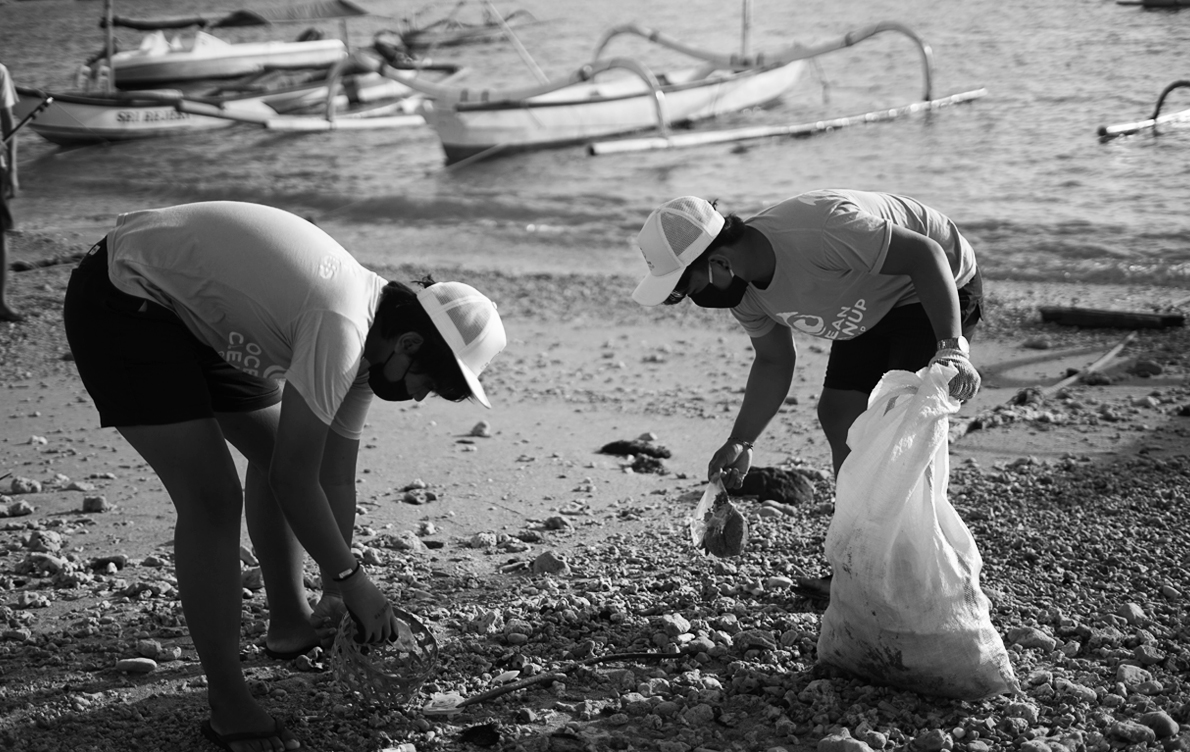PFAS Contamination Reported to be in 43 States: What Are the Regulators Doing?
Concerns about the human health and environmental impacts of per- and polyfluoroalkyl substances – known as “PFAS” – are increasingly in the headlines and trending on a practically daily basis. Click here for the basics about PFAS chemicals and the potential adverse human health effects.
Last week, an environmental group released a study reporting that 610 sites in 43 states are contaminated with PFAS, with locations ranging from public water systems, military bases, airports, industrial facilities, and firefighting training sites. Here is one of the many news reports on the nationwide reach of the contamination.
All of this is being driven by the increasing amount of research into the adverse human health effects of PFAS chemicals and how they behave in the environment and in our bodies.
Why does it matter to today’s businesses and their lawyers? Regulators across the country are paying attention and taking action.
The recent flurry of regulatory actions to address PFAS contamination is creating a pipeline of liability risks that require attention and caution.
Regulatory Actions
In the absence of an enforceable federal cleanup standard, dozens of states are taking action on their own. This means we are seeing a myriad of proposed standards and regulations, interim guidance, massive data gathering endeavors, and various interpretations of the growing body of research about these chemicals. It is a lot to keep up with.
Here is a quick snap shot of recent regulatory activity from just a handful of those states. This is in no way a comprehensive list – if you are buying or selling, or taking a security interest in, real property or if your operations use PFAS chemicals (or used to), we recommend looking into what your state is doing or plans to do about PFAS.
Maine
Maine has been active on addressing PFAS for a few years now. Most recently, in March 2019, the Governor signed an executive order creating a task force to study the effects of PFAS and the Maine DEP established a new requirement to sample for PFAS in biosolids. The most timely and interesting development is the upcoming public stakeholder meeting on May 31, 2019 on the proposal to designate all PFAS as hazardous matter.
New York
Earlier this year, the New York Department of Environmental Conservation (DEC) issued new guidance – Sampling for 1,4-Dioxane and Per- and Polyfluoroakyl Substances (PFAS) Under DEC’s Part 375 Remedial Programs. The DEC is now requiring all sites in the state cleanup program to sample for PFAS in soil, groundwater, surface water, sediment, and, where applicable, biota. Sampling is also required for any soil imported to a site.
New Jersey
New Jersey is hailing itself as the national leader on taking aggressive action, and backing it up with a number of legal actions in the last few months. On March 25, 2019, the New Jersey Department of Environmental Protection (“NJDEP”) issued a directive against five of the big chemical companies – Solvay, DuPont, Dow DuPont, Chemours and 3M – requiring them to provide information about potential modes of PFAS discharges from their operations and notifying them the state intends to hold them responsible for PFAS remediation costs. The state is also pursuing natural resource damages for PFAS contamination.
The most important and timely action that will have the broadest reach is NJDEP’s proposed rule to establish both drinking water standards and groundwater cleanup standards for perfluorooctanoic acid (PFOA) and perfluorooctane sulfonate (PFAS), the two most studied and well known kinds of PFAS chemicals. The proposed standards are among the lowest being considered these days – 13 parts per trillion (ppt) and 14 ppt. For context, EPA’s unenforceable health advisory standard for these chemicals is 70 ppt. And yes, parts per trillion is a very, very small concentration.
If this proposed rule takes effect, it will potentially have significant impacts on both ongoing and future remediation sites in New Jersey, and possibly even closed out sites. There is a public hearing on this proposed rule today, Wednesday, May 15, 2019. I am attending and will report.
Pennsylvania
On September 19, 2018, the multi-agency PFAS Action Team was formed by Executive Order. It was charged with developing a comprehensive response for identifying and eliminating sources of PFAS contamination, ensuring drinking water is safe and managing PFAS environmental contamination. The Pennsylvania Department of Environmental Protection (PADEP) announced it will begin the first phase of an extensive statewide sampling plan this month. The sampling includes testing more than 300 public water supplies (PWS) across the state.
Michigan
Michigan has been actively investigating PFAS contamination in the state – and finding it. It appears they will find more. The Michigan PFAS Action Response Team (MPART), an inter-agency coordination to investigate sources and locations of PFAS and protect drinking water and public health, was created in 2017.
In 2018, the state adopted EPA’s unenforceable health advisory standard of 70 ppt for PFOA and PFOS (individually or combined) as its cleanup criteria for groundwater used as drinking water.
On February 4, 2019, Executive Order 2019-3 established MPART as an advisory body comprised of representatives from seven state agencies to address the threat of PFAS contamination in Michigan and facilitate inter-agency coordination.
California
In July 2018, the California State Water Resources Control Board (SWRCB) established drinking water guidelines for water systems aimed at detecting and reporting PFOA and PFOS. The interim notification level was set at 14 ppt for PFOA and 13 ppt for PFOS and the interim response level was set at 70 ppt.
Then, in a public hearing on March 8, 2019, the SWRCB announced a statewide PFAS investigation plan that will ultimately require over a thousand facilities to test for PFAS chemicals. On March 20, 2019, Phase I was initiated with orders issued to landfills and airports. Failure to comply subjects a facility to a penalty of $5,000 per day. The next phases are expected later this year.
No aspect of this advertisement has been approved by the highest court in any state.
Results may vary depending on your particular facts and legal circumstances.
As the law continues to evolve on these matters, please note that this article is current as of date and time of publication and may not reflect subsequent developments. The content and interpretation of the issues addressed herein is subject to change. Cole Schotz P.C. disclaims any and all liability with respect to actions taken or not taken based on any or all of the contents of this publication to the fullest extent permitted by law. This is for general informational purposes and does not constitute legal advice or create an attorney-client relationship. Do not act or refrain from acting upon the information contained in this publication without obtaining legal, financial and tax advice. For further information, please do not hesitate to reach out to your firm contact or to any of the attorneys listed in this publication.
Join Our Mailing List
Stay up to date with the latest insights, events, and more






